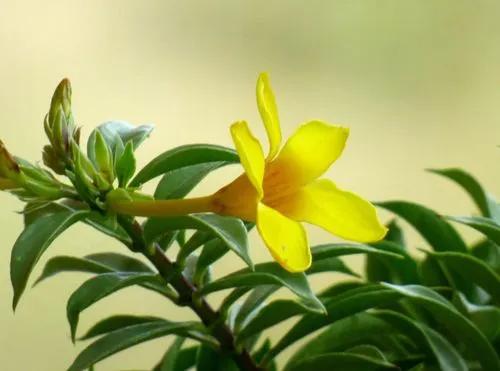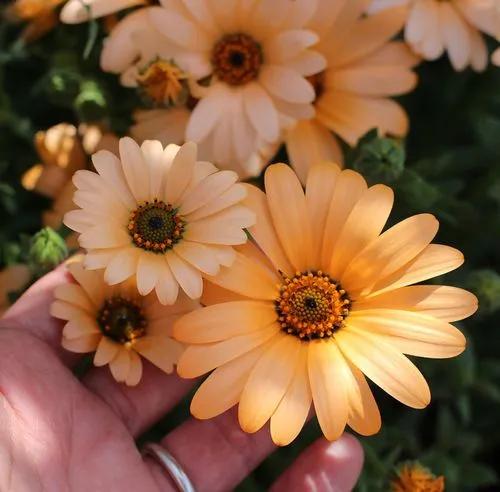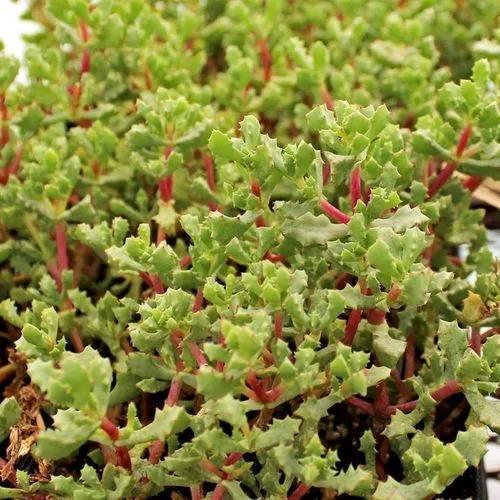Pelisser’s Toadflax (Linaria pelisseriana), a slender purple-flowering member of Plantaginaceae originating in Southern Europe and the Mediterranean. An annual of hedge banks, rough ground and rocky places. Lowland.Pelisser's toadflax (Linaria pelisseriana) is regarded as a minor environmental weed in Victoria and other parts of south-eastern Australia. This species is a common weed of white box grassy woodlands and riparian shrubland in the highland areas of Victoria. It is also listed as an environmental weed in the Goulburn Broken Catchment and has often been recorded growing in native forest and conservation areas in this state (e.g. Dookie Bushland Reserve, Yarra Bend Park, Derrimut Grassland Reserve and You Yangs Regional Park).
Pelisser'S Toadflax Care
Linaria pelisseriana



Of course, the moral notion that the state’s noxious weeds stemmed from individual failures, and not the colonial endeavour wholesale, was and is wholly inadequate to comprehend what took place and the gamut and density of weeds that afflict this country today.It is an annual herb, which can reach a maximum of 35-40 cm in height. The bush is formed by erect stems, on the tops of which spike-shaped inflorescences bloom, consisting of small flowers of a violet-purple hue with an orange throat. This type of toadflax includes several very decorative varieties: Carminea - a plant with pinkish flowers; Excelsior - flowers in various shades of white, yellow, red; Ruby King - forms burgundy inflorescences. It can be invasive in Australia, France, and the UK.
This plant might be poisonous
How to get rid of:
Choose an herbicide labeled for use against toadflax, and apply it according to the label instructions. Apply herbicides to Dalmatian toadflax in spring and to yellow toadflax in late summer or fall. Your local cooperative extension agent can suggest the best herbicide for growing wild toadflax control in your area.
Discover more plants with the list below
Popular articles






